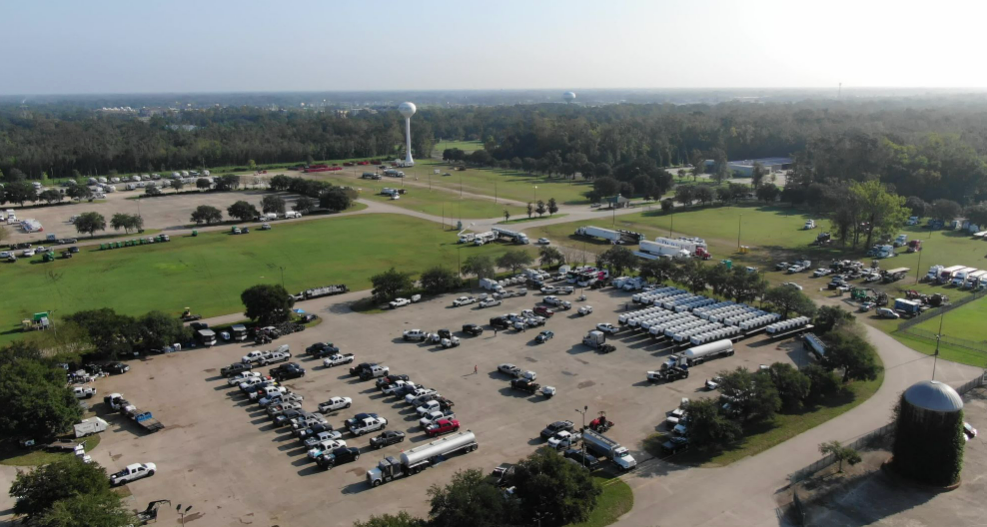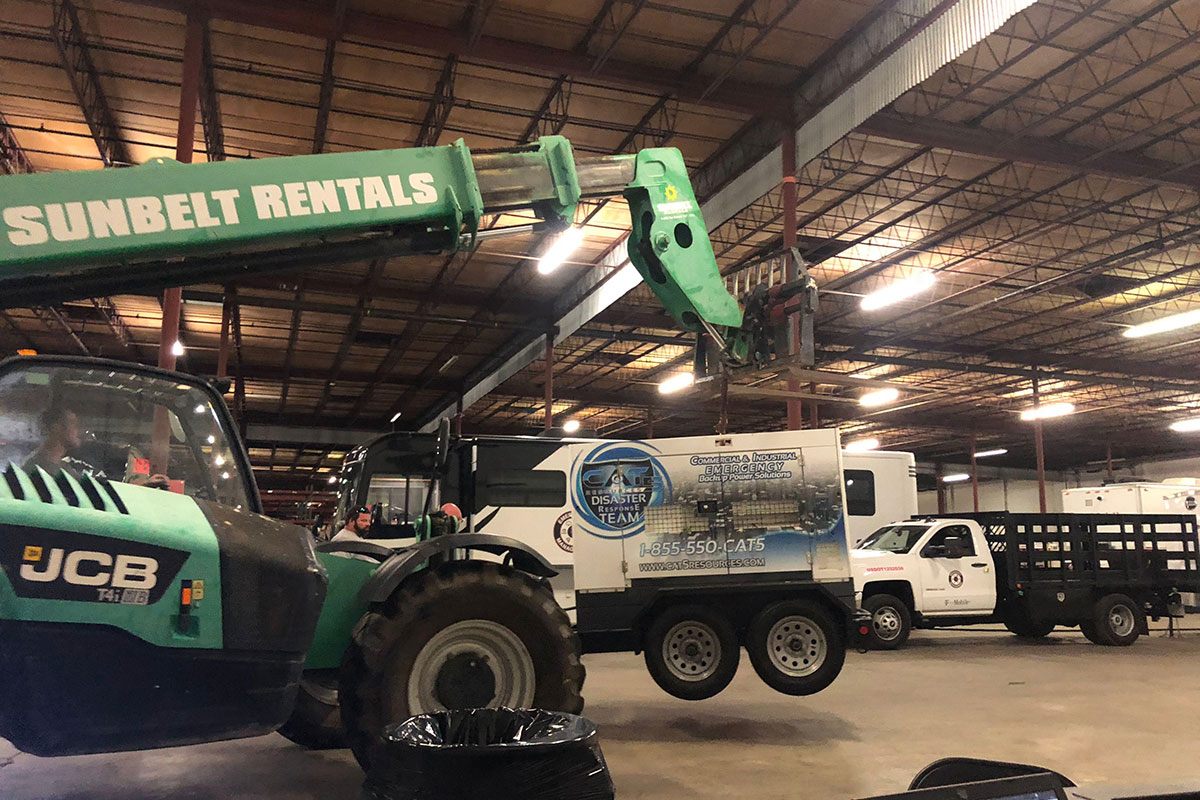When a hurricane is on the horizon, there’s no time for guesswork—especially for telecommunications infrastructure. Every minute of downtime can impact emergency services, disrupt community communication, and cause major operational setbacks. That’s why we don’t just respond after the storm—we begin hardening networks as soon as a threat is identified.

Emergency Fuel Staging
The first step is securing power continuity. We identify high-priority telecom towers—particularly in coastal or hard-to-reach locations—and pre-position fuel in advance. This ensures backup generators can operate continuously if the grid fails, without waiting for emergency deliveries in dangerous conditions.
Generator & Electrical Readiness
Once fuel is staged, we perform thorough pre-storm inspections on all critical power systems. We test generators under load, confirm fuel delivery systems are operating smoothly, and check every electrical connection to ensure reliable performance. These steps mean that when the storm hits, your network transitions to backup power without hesitation.
Logistics & Access Planning
Hurricanes can shut down access routes in hours due to flooding, debris, or damage. To avoid delays, we map alternate routes ahead of time, secure any necessary site access passes, and position crews where they can respond fastest. These pre-planned logistics often make the difference between hours of downtime and no downtime at all.
Real-World Impact
During last year’s hurricane season, we kept multiple coastal telecom sites online through an extended outage by having fuel, generators, and crews staged in advance. Even as surrounding areas lost service, those towers stayed operational ensuring first responders, emergency alerts, and residents could stay connected.
Ongoing Monitoring After the Storm
Our work doesn’t end when the skies clear. We continue monitoring generator performance, fuel levels, and site conditions until utility power is stable. If instability persists, we maintain backup power so there’s never a gap in connectivity.
Our approach is simple but effective: act early, prepare thoroughly, and respond without hesitation. In hurricane season, that’s the difference between staying connected and going dark.

